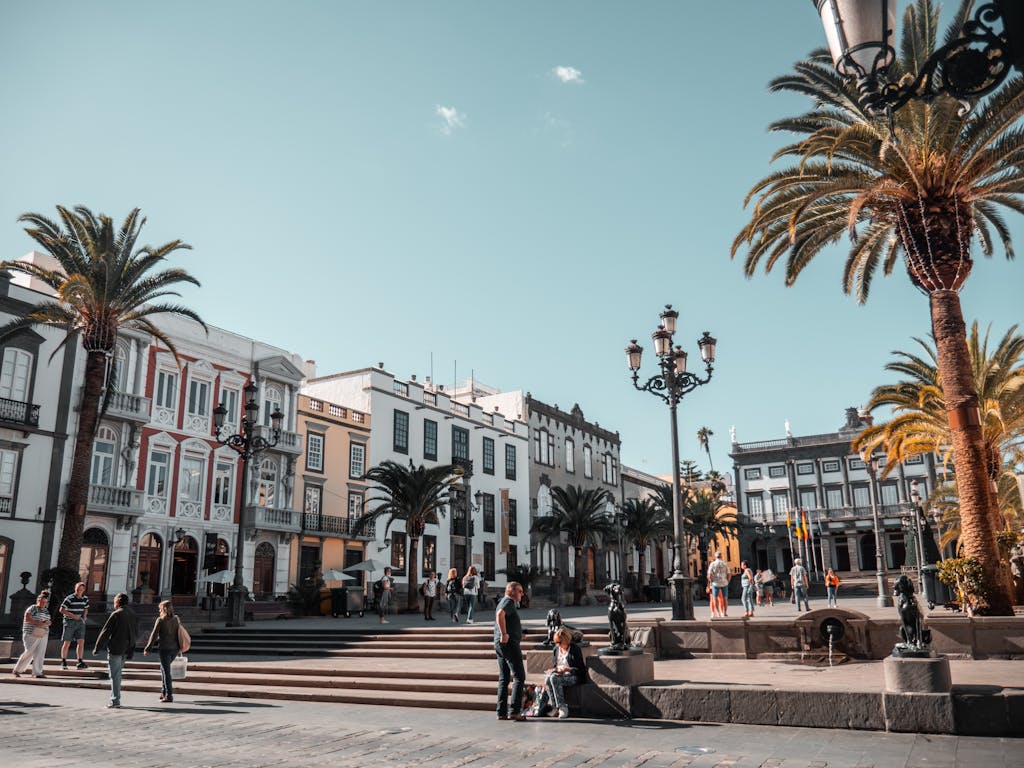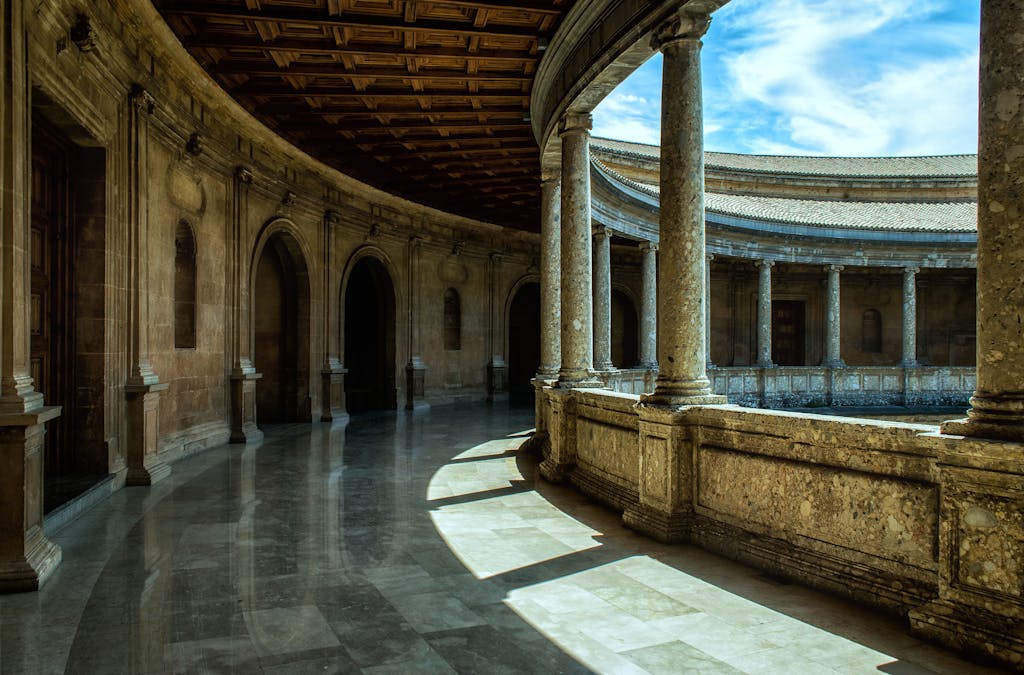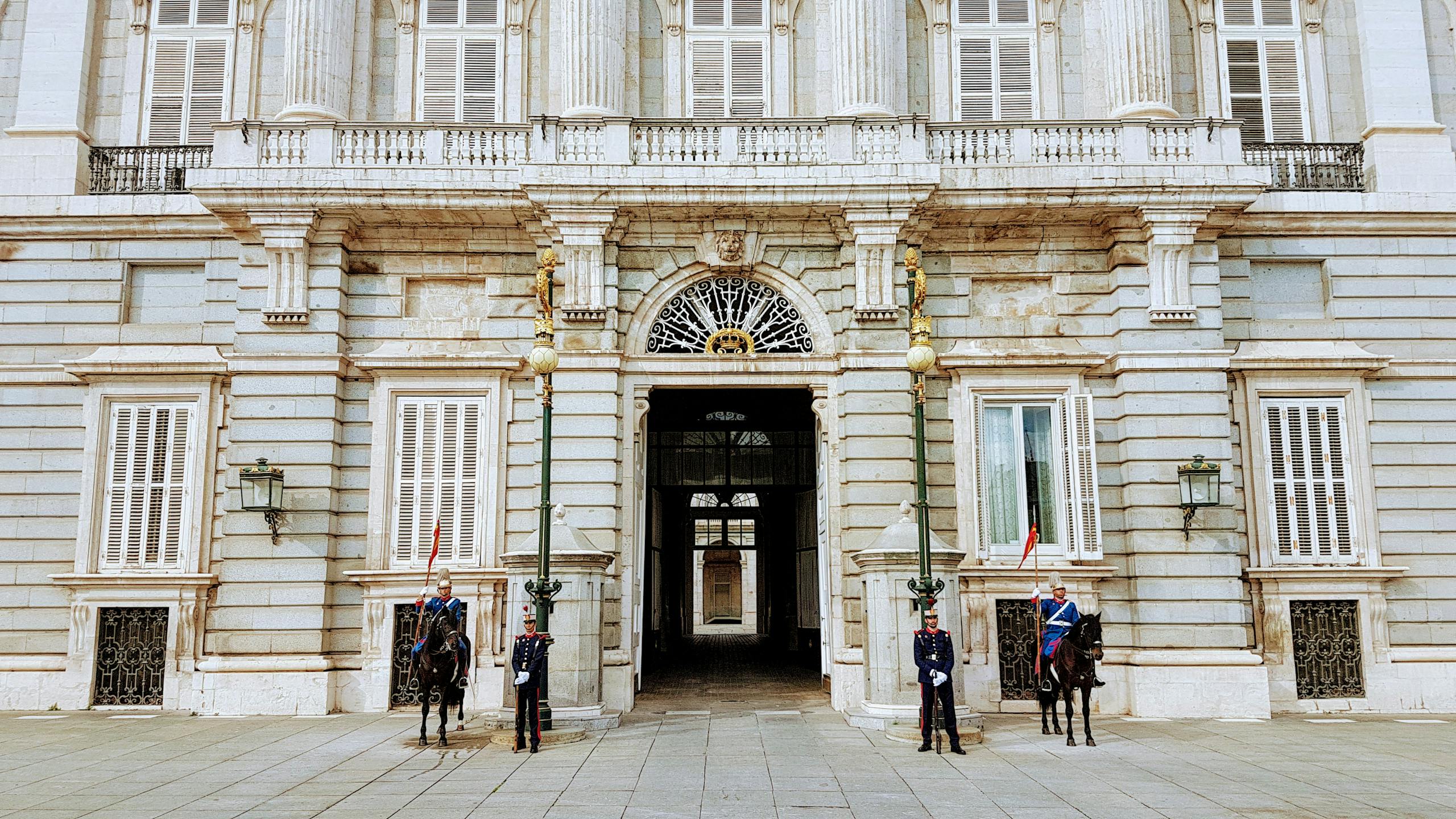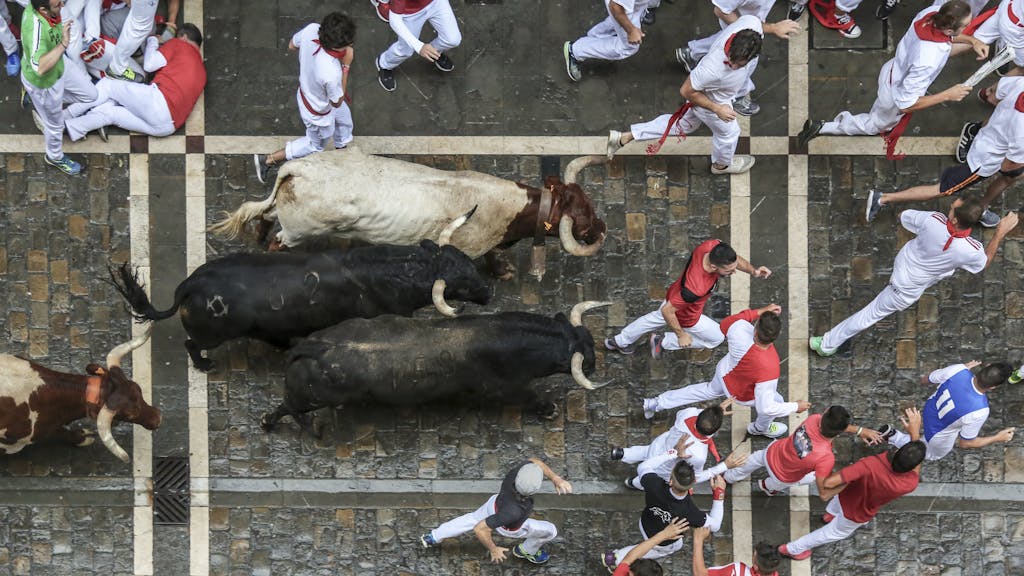Best Time to Visit Spain: A Complete Guide to Spain’s Seasons and Weather
Planning your dream trip and wondering about the best time to visit Spain? You’re not alone. Spain is one of those countries that changes its rhythm with every season—from sun-soaked beaches in summer to cozy villages in winter and colorful festivals in spring.
I’ve learned that there’s no one-size-fits-all answer. The best time to visit Spain really depends on what kind of experience you’re after. Whether you want to walk through blooming countryside, explore lively city streets, or escape to the coast, Spain has a perfect season waiting for you.
In this guide, I’ll break down Spain’s weather month by month, explain regional differences, and help you figure out when to go based on your travel goals—not just the temperature.

Why Timing Matters When Visiting Spain?
Timing your trip to Spain is essential because the country has diverse climates, and each region offers something unique depending on the season. While summer might be perfect for beach lovers, spring and autumn are ideal for sightseeing and cultural exploration. The weather can significantly affect your travel experience, whether you’re exploring bustling cities, attending festivals, or soaking up the sun on Spain’s beaches. Understanding Spain’s seasons will ensure you have a vacation tailored to your preferences.
Best Time to Visit Spain for Different Interests
Spain’s diversity means there’s something for every type of traveler, and the best time to visit can vary depending on your interests. Here’s a breakdown of the ideal months based on what you’d like to experience:
- For Beach Lovers: The summer months of June to August are the perfect time to hit Spain’s stunning beaches, especially in cities like Barcelona, Valencia, and along the Costa Brava. The warm Mediterranean waters and sunny days make it a prime beach season. However, expect crowds and higher prices.
- For Cultural Enthusiasts: If you’re into history, art, and architecture, spring (March to May) and autumn (September to November) are ideal times. The weather is mild, making it comfortable to explore famous sites like the Alhambra in Granada, the Sagrada Família in Barcelona, and the Prado Museum in Madrid, all while avoiding the large summer crowds.
- For Adventure Seekers: Spain’s diverse terrain offers endless opportunities for hiking, skiing, and more. The best time for outdoor activities like hiking in the Pyrenees or exploring Andalusia’s mountains is spring or autumn when the temperatures are moderate and perfect for trekking. Winter is great for ski enthusiasts, especially in the Pyrenees.

Spain Weather Guide by Season
Understanding Spain’s weather is key to planning your trip. The country’s climate can vary greatly by region, from the sunny beaches of the Mediterranean to the snowy peaks of the Pyrenees. Here’s what you can expect each season:
Spring (March to May)
Spring is one of the most pleasant times to visit Spain. The weather is mild and comfortable, and the country comes alive with colorful blooms, especially in regions like Andalusia. This is a great time for outdoor sightseeing, walking through historic cities, or enjoying wine tours.
In addition, the weather is neither too hot nor too cold, making it perfect for exploring Spain’s iconic sites, from the Alhambra in Granada to the Plaza Mayor in Madrid.
Spring also brings fewer tourists compared to the peak summer months, meaning you can enjoy popular attractions without the hustle and bustle.
Summer (June to August)
Summer in Spain can be very hot, especially in inland cities like Madrid, Seville, and Cordoba, where temperatures often exceed 40°C (104°F). On the coast, temperatures are more moderate, with sunny skies perfect for beachgoers. Coastal cities like Barcelona and Valencia are ideal for summer vacations, offering both beautiful beaches and city attractions.
While summer is prime festival season, with events like La Tomatina and the Running of the Bulls, it’s also when Spain sees the most tourists. Be prepared for larger crowds, higher prices, and hotter temperatures, particularly if you plan on visiting inland cities.

Autumn (September to November)
Autumn is considered one of the best times to visit Spain. The weather is still warm, especially in September and early October, but it’s cooler than in the peak of summer. This is an excellent time to visit cities like Madrid, Seville, and Barcelona, as the summer heat has subsided, but the cities are still lively.
Autumn also marks the grape harvest in Spain’s wine regions, including La Rioja and Ribera del Duero. It’s a fantastic time to visit vineyards, enjoy wine festivals, and explore Spain’s beautiful countryside.
Winter (December to February)
Winter in Spain is mild compared to much of Europe. While it may be chilly in the northern regions, southern Spain, particularly Andalusia, enjoys moderate winter temperatures. Cities like Madrid and Barcelona are great for cultural tourism during winter, as the museums, galleries, and historical sites remain open. Plus, fewer tourists mean you can explore Spain at your own pace.
If you enjoy winter sports, the Pyrenees and Sierra Nevada are popular for skiing and snowboarding. While the beaches are quieter, winter in Spain offers a more relaxed and off-the-beaten-path experience.

Best Time to Visit Spain by Region
Because Spain’s landscapes are so diverse, the weather and vibe can shift drastically depending on where you go. So let’s break it down, north, south, east, and the islands, to help you find the best time to visit Spain based on region.
Northern Spain (Basque Country, Galicia, Asturias)
Northern Spain is green, mountainous, and cooler than the rest of the country. It’s perfect if you love hiking, coastal villages, and rich food. But it also gets more rain, especially in winter.
- Best time to visit: May to September
- Why: Warm, sunny weather and fewer rainy days
- Tip: Great for road trips through charming towns and scenic coastlines
Southern Spain (Andalusia, Costa del Sol)
Southern Spain is the sunniest region in Europe! Summers are blazing hot, but spring and autumn are ideal. Cities like Seville, Granada, and Málaga feel magical when the weather is mild and patios are in bloom.
- Best time to visit: March to May & September to November
- Why: Perfect temperatures, fewer crowds, vibrant festivals
- Tip: Avoid July and August if you don’t love extreme heat

Eastern Spain (Barcelona, Valencia, Costa Blanca)
Eastern Spain has a Mediterranean climate—hot summers and mild winters. The beaches are packed in July and August, but spring and fall offer the same beauty with more space to breathe.
- Best time to visit: April to June & September to early November
- Why: Pleasant coastal weather and fewer tourists
- Tip: Visit Valencia in March for Las Fallas festival
The Islands (Balearic & Canary Islands)
Spain’s islands have their own charm. The Balearic Islands (like Mallorca and Ibiza) are party-friendly in summer, while the Canary Islands are warm year-round and ideal for winter sun.
- Best time to visit Balearics: May to early October
- Best time to visit Canaries: Year-round (peak: November to March)
- Tip: Book ferries and local flights early in peak season
Events and Festivals: The Best Time to Visit for Cultural Experiences
Spain is renowned for its vibrant festivals, many of which are held during specific seasons. If you’re keen on experiencing Spain’s culture through its festivals, here’s when you should visit:
Running of the Bulls (Pamplona)
Held annually in July, the Running of the Bulls is a thrilling event that draws thousands of tourists to Pamplona in northern Spain. Brave participants, known as “mozos,” race alongside bulls through the narrow streets, ending at the bullring. The event is part of the San Fermín Festival, which takes place from July 6th to 14th in honor of Saint Fermin. It’s an adrenaline-fueled experience that combines excitement with cultural tradition.
While the run is dangerous, it’s a significant part of Spain’s heritage, offering visitors a chance to witness one of the world’s most iconic festivals. Whether you’re running with the bulls or cheering from the sidelines, the festival creates an unforgettable atmosphere filled with music, food, and excitement. For anyone seeking a thrilling adventure and a unique cultural experience, the Running of the Bulls is an absolute must-see.

La Tomatina (Buñol)
Every August, the small town of Buñol in eastern Spain hosts the world’s largest food fight: La Tomatina. Participants from all over the world gather to throw overripe tomatoes at each other, creating a sea of red chaos in the streets. The festival begins with a signal at 11 a.m., marking the start of an hour-long tomato battle. Thousands of people pack the streets, and the atmosphere is filled with laughter, splattered clothes, and the squelching sound of tomatoes being thrown.
While it may sound messy, La Tomatina is all about fun and community spirit. It’s a truly unique and wild way to experience Spanish culture. The event has become an international favorite for travelers looking for a lighthearted and exhilarating festival. Just make sure to wear old clothes and prepare for the mess, as the streets become slippery and covered in tomato pulp by the end of the day!
Semana Santa (Holy Week)
Typically held in March or April, Semana Santa is one of the most important religious events in Spain, especially in Seville. The week-long celebration features grand processions with participants dressed in traditional robes, carrying religious floats through the streets. The solemnity and beauty of the event are heightened by the haunting sounds of music and drums, creating a deeply emotional atmosphere.
The processions during Semana Santa are a spectacular display of devotion and Spanish culture, attracting thousands of visitors each year. It’s an event filled with both reverence and awe, as people come together to witness centuries-old traditions. If you’re in Spain during this time, experiencing Semana Santa in Seville is a must to understand the country’s rich religious and cultural heritage.
Feria de Abril (Seville)
Held every April, Feria de Abril is Seville’s vibrant Spring Fair, attracting both locals and visitors from around the world. The event is a feast for the senses, with colorful flamenco dancing, lively horse parades, and plenty of traditional Spanish food and drinks. The fairgrounds are filled with casetas (small tents), where families and friends gather to celebrate, dance, and enjoy delicious tapas and sherry.
This week-long festival is one of Spain’s most joyous occasions, offering an authentic experience of Andalusian culture. Whether you’re watching the flamenco performances, admiring the horse-drawn carriages, or tasting the local specialties, Feria de Abril is a must-visit for those wanting to embrace the lively spirit of Seville and its traditions.
If you want to experience Spain’s festivals, the best time to visit is during the spring or summer months when most of the major celebrations take place.
Travel Tips: How to Make the Most of Your Visit to Spain
Here are a few travel tips to help you make the most of your trip to Spain:
- Book Your Accommodations Early: Spain is a popular destination, particularly in summer. Make sure to book your hotels or Airbnb well in advance, especially if you’re traveling during peak seasons.
- Check Local Holidays: Spain has several public holidays, and some businesses or attractions might close on these days. Always check the local calendar before finalizing your plans.
- Pack Smart for the Weather: Spain’s weather can vary greatly from region to region. Be sure to check the forecast and pack accordingly. A light jacket is ideal for spring and autumn, while summer requires sunscreen and hats.
- Avoid the Crowds: If you’re not fond of large crowds, consider visiting Spain in the shoulder seasons, like late spring or early autumn, when you can enjoy the attractions without the large influx of tourists.
The best time to visit Spain ultimately depends on your preferences and the experiences you’re looking to have. Whether you prefer a beach getaway, cultural exploration, or outdoor adventure, Spain offers a diverse range of experiences year-round. Spring and autumn are great for mild weather and fewer crowds, while summer brings vibrant festivals and warm beach days. Winter, with its mild temperatures, is perfect for exploring Spain’s cities or enjoying winter sports in the mountains.
Start planning your Spanish adventure now, and no matter when you visit, you’re sure to have an unforgettable experience!







